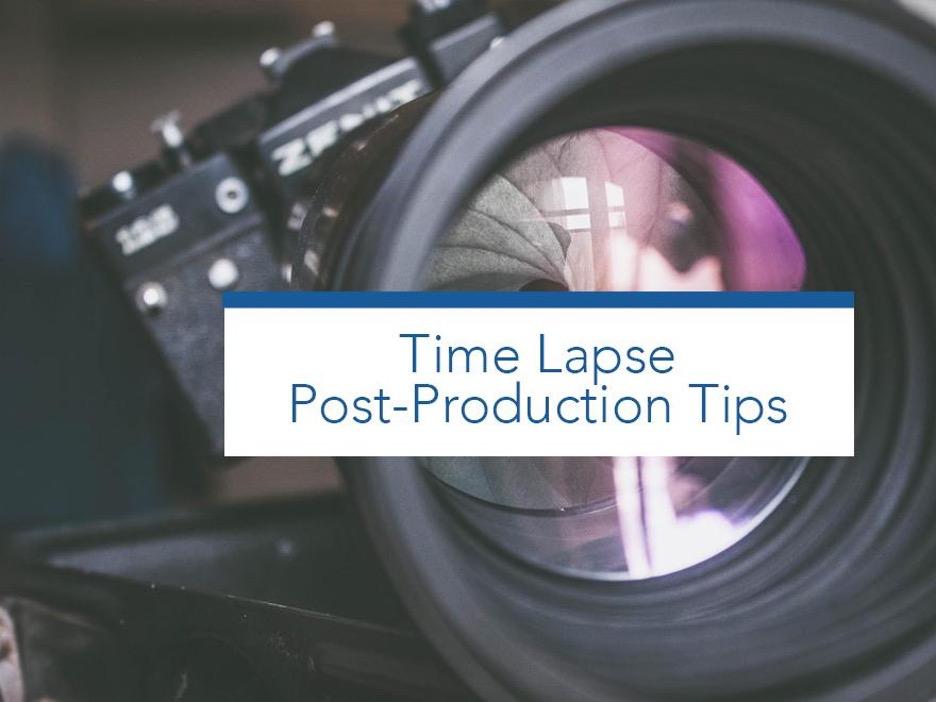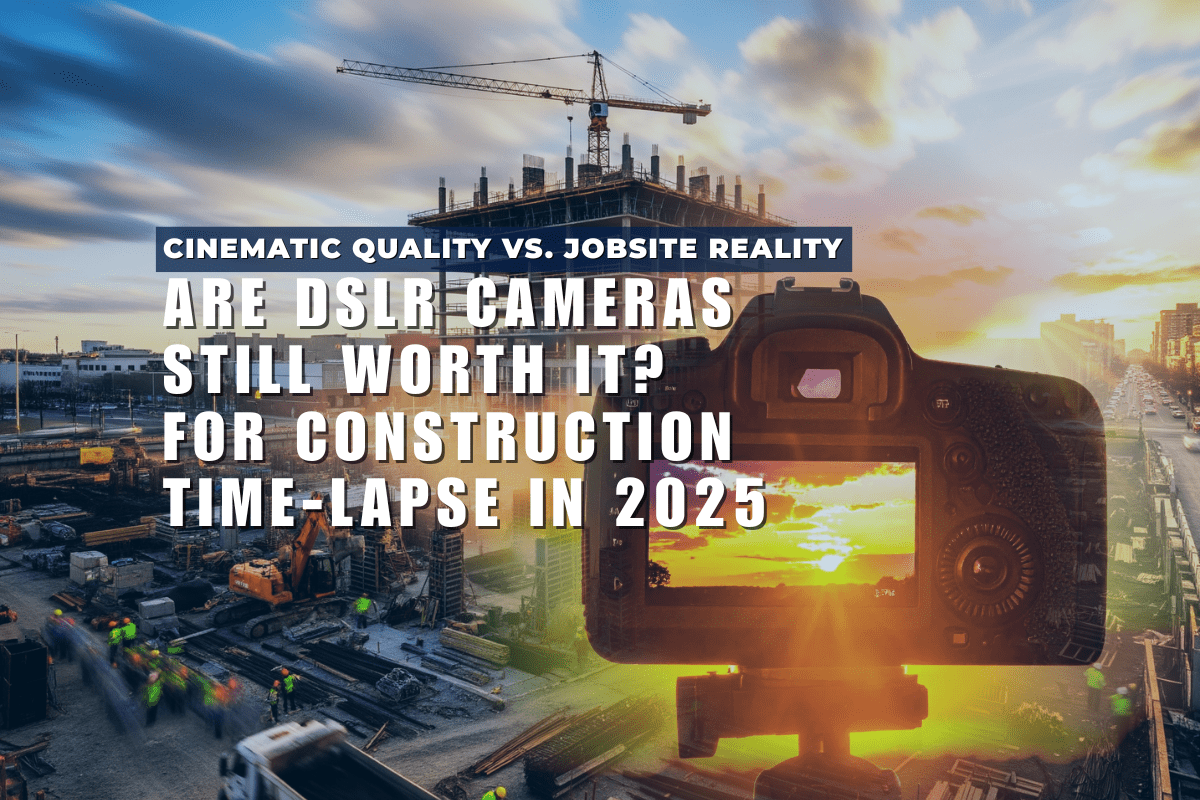Construction time lapse post-production can be taxing and will test your attention span. While the simplest time lapse solution may be putting it together using JPG files and reliable software, the best post-production results require more attention to detail as well as the right tools to make it work. Here are some useful tips to use when editing your time lapse video and making it a top-quality one.
Keep These Things In Mind When You Start.
There are some potential challenges you may run into when you’re involved in time lapse production. For one, you may have to counter flickering. There's an object flicker, which sees site personnel or vehicles in one frame but not in another. Alternatively, there is a lighting flicker that takes place when variations in lighting throughout a project create an unwatchable flicker effect.
Furthermore, your time lapse camera may shift quite a bit, especially whenever it’s mounted. Considering how busy and unpredictable things can get on a construction site, stabilization will come and go, causing many problems when capturing pictures.
It’s also a very challenging task considering a time lapse video can be tedious work especially if there’s only one angle that you are using. However, there are ways to get around these challenges.
Overshooting is Key
In time lapse photography, you want to have as many photos as possible. This applies to construction time lapse photography, where so many pictures are needed to keep track of site progress. Several factors that can negatively affect shooting have to be considered, such as bad weather, lighting variations, and inactivity. Shooting more than enough pictures comes in handy as you can just get rid of as many bad pictures as possible and still have enough good ones to go back to. This also saves you from manually looking through and sorting photos. Using the UpBlink controller can help you select the best schedule for each day or activity so you’re getting the best balance of captured images.
Time lapse controllers such as UpBlink can help your camera’s stability thanks to how it’s mounted, plus, you don’t have to access it all the time . They go hand-in-hand with different cameras, including the GoPro Hero 5, 6, 7, and 8 models.
Having a Reliable Platform Helps
An effective and multifaceted platform can help you track your camera status, monitor camera progress from remote locations as well as provide storage so you can edit with the comfort of extra storage space.
CloudX is a viable time lapse platform that tracks both photos taken and the number of motion detections triggered each day. It’s a platform that helps make time lapse video editing easier and gives you the space and data needed to determine the direction of your post-production project.
You can get access to this platform (with a subscription purchase) once you have an UpBlink controller and are near a WiFi access point with an internet connection. Via CloudX Pro, you can upload your images captured by your camera to the cloud and get updated time lapse videos automatically created for you.
Adjust Frames and Resolution At the Right Time
To reduce flicker due to changes in lighting / sun position over the day, you can use a neutral density filter. Another technique albeit requiring more post production effort is frame blending which repeats frames but blends between them to help smooth object motion and lighting changes. Frame blending should only be done after stabilizing your footage to avoid disaster.
You should also maintain full photo resolution until the end of the post-production process. Use the full resolution until you import your imagery into your preferred video editing program. When you make your time lapse construction sequence, you can export or render it, keeping the full and original resolution of the photos. Doing this lets you zoom in and move around the shot in your final edit without compromising the pixels, as well as limiting the impact of multiple compressions throughout the process.
Use More Action Photos in Your Post-Production
Picture quality is everything, not just as far as how the photo looks but what features in it. There are periods of inactivity on a construction site each day, either because people are doing work inside or are taking breaks.
Use as many photos as you can from periods in which lots of activity took place, whether they’re lowering beams or lining up something else on site. These photos make your video more interesting, offer a bit of variety, and, while it might make the process a bit longer, allows your time lapse post-production project to look a bit more creative.
With CamDo, you can easily create interesting, professional-quality construction time lapse videos with a wide range of time lapse products and solutions. Learn more about our solutions here.




